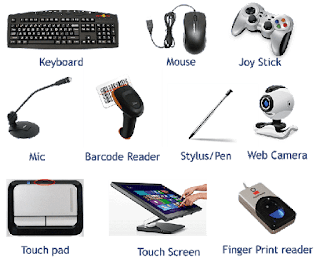Man-made consciousness (AI) is the reenactment of human knowledge forms by machines, particularly PC frameworks. These procedures incorporate learning (the procurement of data and tenets for utilizing the data), thinking (utilizing standards to achieve estimated or clear ends) and self-revision. Although no distinct evidence of AI cant be found by the general population, there are wide spread use of AI in a lot of aspects of communication system. Current Uses of AI: Although artificial intelligence evokes thoughts of science fiction, artificial intelligence already has many uses today, for example: Email filtering : Email services use artificial intelligence to filter incoming emails. Users can train their spam filters by marking emails as “spam”. Personalization : Online services use artificial intelligence to personalize your experience. Services, like Amazon or Netflix, “learn” from your previous purchases and the purchases of other users in order to recommend releva...








Comments
Post a Comment